Cargando...
Recursos educativos
-
Nivel educativo
-
Competencias
-
Tipología
-
Idioma
-
Tipo de medio
-
Tipo de actividad
-
Destinatarios
-
Tipo de audiencia
-
Creador
Lo más buscado
- Música afrocubana
- Actividades poesía
- laboratorio ciencias
- El Principito
- País Vasco y Romanización
- Cultura y lenguas clásicas
- Clasificación de los animales
- Cuentos para dormir
- Rinoceronte
- lectura para niños
- Matemáticas interactiva
- Aprender a jugar
- Alimentos transgénicos
- imprimir ejercicios de matemáticas
- Cómic para rellenar
-
Unit 3: Plant nutrition
EduBook Organización
- 3314 visitas
Alternation of generations (n): the alternation of a sexual (gametophyte) and an asexual (sporophyte) phase in plant reproduction. anther (n): the part of the stamen that contains the pollen. asexual…
-

Reflect. Prepare for a trip
EduBook Organización
- 3267 visitas
Imagine that next summer you are taking a long holiday to visit these places: Iquitos (Peru), Auckland (New Zealand) and Crete (Greece): Make a list of essential items that you will need in each place.…
-
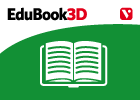
Romanesque art
EduBook Organización
- 3269 visitas
5.1. Architecture: religious art Romanesque art developed in Europe between the 11th and 13th centuries. Most Romanesque works of art are religious. This shows the huge importance of religion in…
-
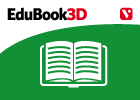
Pre-Roman times: the Iberians
EduBook Organización
- 3230 visitas
The Iberians were a tribe who lived in the southern and eastern part of the Iberian Peninsula during the first millennium BC. The Iberians were farmers and herders but they were also very skilled…
-
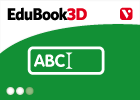
Complete. The daily life of the Iberians
EduBook Organización
- 1 lo usan
- 2988 visitas
Complete the following sentences about the activities of the Iberians: buried cremated iron potter's wheel coins urn The Iberians were skilled craftsmen: they used the to make pottery and to make…
-
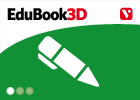
Check. Towards a united Europe
EduBook Organización
- 3202 visitas
Remember what you have studied in this unit and answer the questions: What objectives did European countries have after the Second World War? Why? Make a table of EU institutions: name, type of…
-
True/false. Agriculture, mining and trade in Roman times
EduBook Organización
- 3181 visitas
Decide if the following statements are true or false: The Romans introduced highly developed farming methods. ➝ They used animals to plough the land. ➝ Wheat, grapes and olives were not grown in…
-
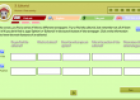
Editorial
Proyecto Agrega Organización
- 2 lo usan
- 4592 visitas
Didactic sequence designed to help us creat an editorial for a newspaper. We learn learn about the structure of an editorial, its purpose, its structure and the type of language used in this…
-
Unit 12: Waves. Light and sound
EduBook Organización
- 3090 visitas
Amplitude (n): the distance between a crest or a trough and the equilibrium position of a wave. converging lens (n): a lens which concentrates the light which passes through it. deafness (n): not being…
-
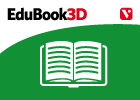
Unit 10: The Greek world
EduBook Organización
- 3089 visitas
Acropolis (n): the fortified part of an ancient Greek city, usually built on a hill. archon (n): one of nine top magistrates in Athens with responsibility for civic, religious and military affairs.…
Te estamos redirigiendo a la ficha del libro...












